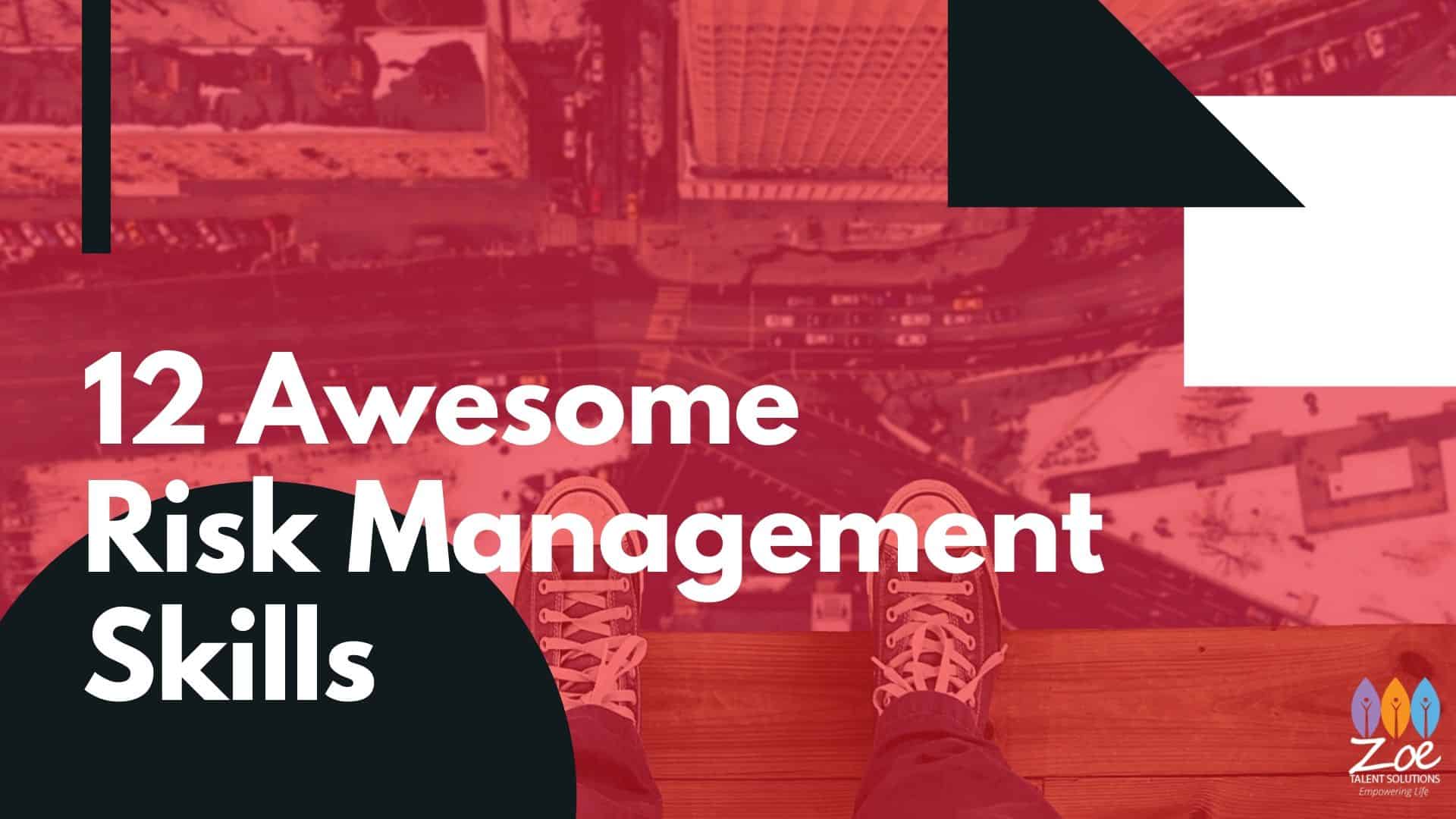
Four Steps to Align ESG and Enterprise Risk Management (ERM)| Blog| BSR
Four Steps to Align ESG and Enterprise Risk Management (ERM)
WEDNESDAY NOVEMBER 28, 2018
By
KATIE ABBOTT, Former Manager, Inclusive Economy, BSR
BETH RICHMOND, Associate Director, BSR
#Materiality, #Sustainability Management,
As outlined in BSR’s recent report, Redefining Sustainable Business: Management for a Rapidly Changing World, resilient business strategies require an enterprise risk management (ERM) approach that effectively incorporates sustainability risks of material significance to the company, such as climate change, natural resource availability, and social volatility.
An executive we recently interviewed outlined it this way: “Risk awareness needs to become much greater now that we are living in a riskier world and facing issues such as the rise of authoritarianism, cybercrime, and migration. We will see companies having much greater oversight of risk, and investors will be much more demanding of this than in the past.”
Risk awareness needs to become much greater now that we are living in a riskier world and facing issues such as the rise of authoritarianism, cybercrime, and migration. We will see companies having much greater oversight of risk, and investors will be much more demanding of this than in the past.
There is a clear opportunity for companies to utilize the outputs of sustainability-oriented materiality assessments and align materiality and risk identification processes.
The World Economic Forum’s 2008-2018 annual Global Risk Reports show that environmental and societal risks have overtaken economic and geopolitical risks in terms of both likelihood and impact. However, companies are not addressing conventional risks and sustainability risks equally. According to WBCSD, fewer than one in three issues identified in sustainability materiality assessments are disclosed as risk factors in legal filings for investors.
Failing to manage ESG risks can lead to material business impacts, including missed profits, operational impacts, and loss of license to operate. Meanwhile, mainstream investors are increasingly emphasizing disclosure of ESG risks, monitoring ESG performance, and reporting on ESG issues: The recently released 2018 US SIF report found that investors today consider ESG factors across US$12 trillion of professionally managed assets, which represents a 38 percent increase since 2016. Although risk and sustainability teams are often siloed, there is a clear business case for corporate sustainability leaders to collaborate with risk teams on shared goals.
Incorporating sustainability into ERM can strengthen a company’s understanding of its full suite of risks, improve its sustainability management, and enhance overall business performance. Likewise, incorporating an ERM lens into materiality assessments can help to translate results into language relevant to the business. BSR has assessed the major needs and challenges to align sustainability priorities with ERM and recommends the following four-step approach:
- Identify the full spectrum of your company’s risks—including environmental, social, and governance risks. Use ESG risk identification methods, megatrend analysis, and media monitoring (for example, using tools like Polecat), to comprehensively identify both established and emerging risks.
- Align on priority ESG issues for inclusion in ERM and modify your ERM inventory accordingly. Conduct a gap assessment of your existing risk inventory, translate specific emerging and existing material issues across priority ESG issues and existing ERM issues, and make necessary adjustments to your materiality analysis and risk inventories.
- Evaluate relevant risks for likelihood, vulnerability, and impact. Use high-level risk assessments that consider less conventional criteria like impacts to reputation, speed of onset, persistence, and ability to mitigate to help enhance understanding of difficult-to-measure sustainability risks. You can also leverage forecasting and futures scenario analysis to assess the unique characteristics of longer-term and rapidly emerging sustainability risks.
- Maintain ongoing ERM and materiality alignment. Put effective governance structures in place that ensure emerging and evolving issues are captured by both sustainability and ERM teams to support ongoing ERM and materiality alignment.
This approach can help your company improve its processes to better manage emerging, cross-cutting, significant, and long-term risks. If you’d like to learn more about how we can help your company align your sustainability and risk management frameworks and priorities, please contact us.










